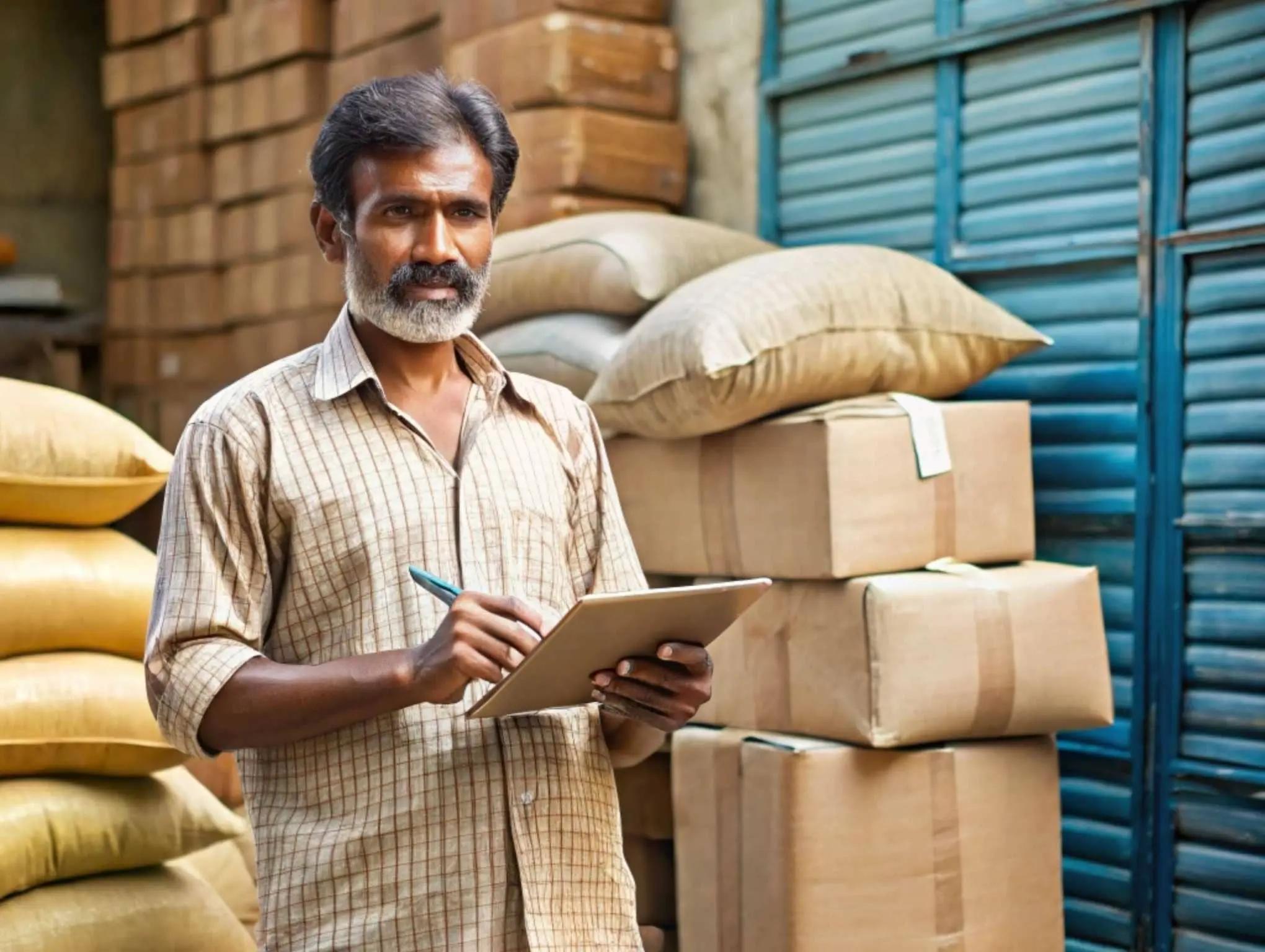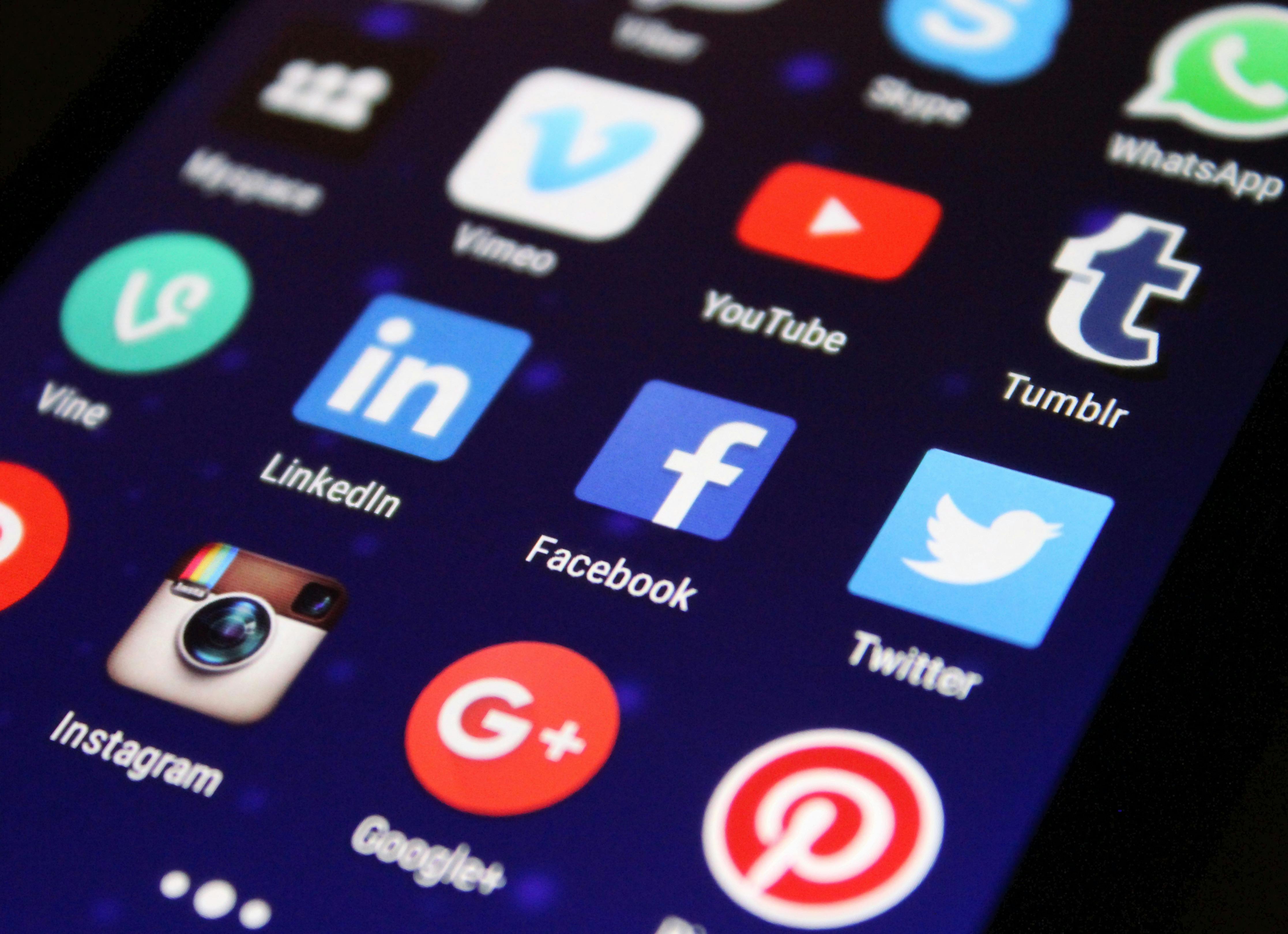The Fast-Moving Consumer Goods (FMCG) sector in India presents enormous opportunities for brands looking to expand their market presence. As per Nielsen IQ's 2023 report, India's FMCG market reached ₹5.1 lakh crore ($63 billion) in 2023, with a projected CAGR of 12% through 2025.
Key Market Indicators:
- Rural markets contribute 35% to overall FMCG sales
- Modern trade channels show 15% year-on-year growth
- E-commerce penetration in FMCG reached 7.3% in 2023
- Premium segments growing 1.8x faster than mass segments
Let's dive into all effective FMCG market penetration strategies:
1. Strategic Pricing Approaches
- Value-Based Pricing:
- Case Study: Patanjali's Market Entry
- Launched products at 15-30% lower prices than competitors
- Captured 8.4% market share in personal care segment within 5 years
- Generated ₹10,664 crore revenue in FY 2022-23
- Premium Positioning:
- Example: Hindustan Unilever Limited (HUL)
- Premium variants contribute 30% to revenue
- Surf Excel's premium variants saw 25% growth in 2023
- Successfully maintains 50% market share in detergents category
2. Distribution Excellence
- Multi-Channel Distribution Strategy:
- Direct Distribution: Coverage of 3.5 million retail outlets
- Indirect Distribution: Network of 7,500+ redistributors
- E-commerce Integration: 15% YoY growth in online sales
- Success Stories:
- ITC's Distribution Network
- Reaches 7 million retail outlets
- 100+ C&F agents nationwide
- 50% rural market penetration
3. Digital and Traditional Marketing Mix
- Digital Marketing Initiatives:
- Social Media Engagement
- 78% of Indian consumers research FMCG products online
- Instagram influencer marketing shows 3x ROI compared to traditional advertising
- Video content drives 40% higher engagement
- Regional Marketing Success:
- Dabur's Local Strategy
- 60% of advertising budget allocated to regional media
- Products customized for 8 different regions
- Regional language packaging increased sales by 25%
Market Entry Challenges and Solutions
- Common Pitfalls to Avoid:
- Ignoring Regional Preference lead to Kellog's failure during initial entry. Later they launched Indian breakfast variants to capture sales.
- Delayed Digital Adoption can lower growth rate by 25% for late adopters. Solution is to target for Omnichannel presence from day one
- Success Factors:
- Setting up regional supply chain reduces operational costs by 10-12%. Gives faster market response time and better supply chain control
- Consumer Research can be improved by investment in R&D, regular market surveys by regional teams and B2B consumer feedback integration
Future Growth Opportunities
- Emerging Trends:
- Health and Wellness segment growing at 20% CAGR
- Rural e-commerce penetration increasing by 32% annually
- Direct-to-Consumer (D2C) channels showing 45% growth
- Focus Areas:
- Regional Supply Chain improves e-commerce market penetration by upto 65% due to search rankings on platforms
- Premium Rural Products has a huge market as rural areas are growing at 15% CAGR due to increased disposable income in Tier 2/3 cities
Conclusion
Success in India's FMCG market requires a balanced approach combining competitive pricing, efficient distribution, and strategic marketing. Brands must focus on:
- Regional customization
- Digital transformation
- Sustainable practices
- Consumer-centric innovation
By implementing these strategies while staying attuned to local preferences and market dynamics, FMCG brands can effectively penetrate and grow their market share in India's diverse consumer landscape.
More Articles to Explore

Distributor Loyalty Programs
Distributor loyalty programs are a secret weapon for business growth . Simply put, they're structured systems that reward your distributors for doing more business with you. The more they sell your products, the more benefits they receive.

A 2025 Perspective
In the vibrant tapestry of Indian consumerism, the digital consumer stands out as both a challenge and an opportunity for Fast-Moving Consumer Goods (FMCG) brands. Unlike the historical clout of neighborhood kirana stores, today's consumer navigates seamlessly between aisles of physical stores and the virtual shelves of e-commerce giants. This hybrid shopping behavior, as highlighted by Nielsen's insights , signifies an amalgamation of tradition with digital convenience, requiring a multifaceted marketing strategy.

FMCG Sales Channels in India
Are you wondering how to get your FMCG products to Indian consumers? This guide breaks down the three main ways to sell your products: quick commerce apps, traditional distributors, and selling directly to customers.

Choosing the Right Delivery Partner
Are you struggling to get your products to stores and increase sales? The right regional 3PL / 4PL partner can help your business grow faster. This guide shows FMCG business owners how to pick the best delivery partner to reach more customers across India.
![[object Object]](/_next/image?url=https%3A%2F%2Fcdn.sanity.io%2Fimages%2F15uaalow%2Fproduction%2F45a9714d8ad8cfebfa6b332e85fa646853074227-896x1152.png%3Ffit%3Dmax%26auto%3Dformat&w=3840&q=75)